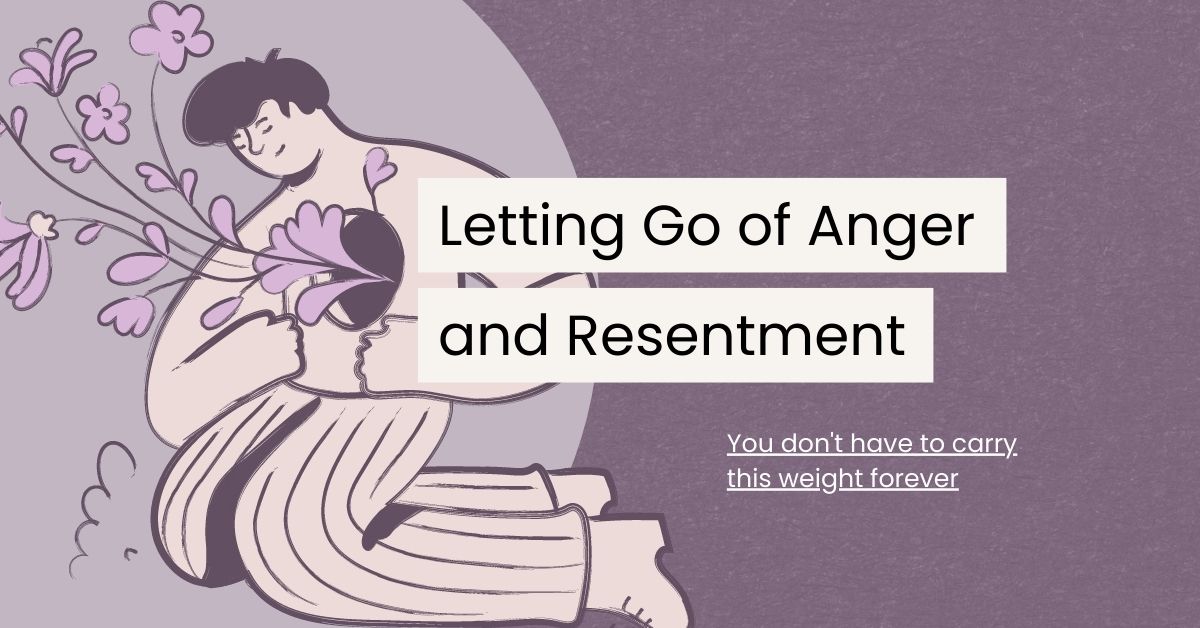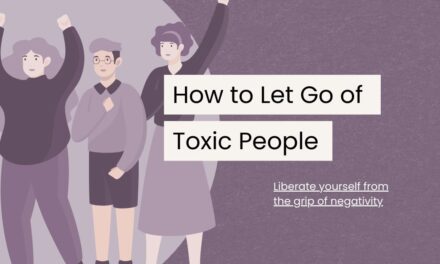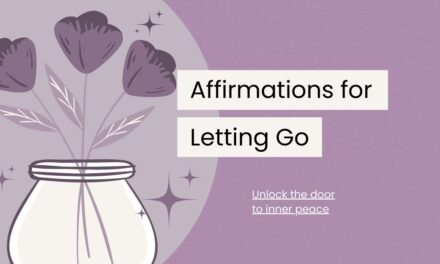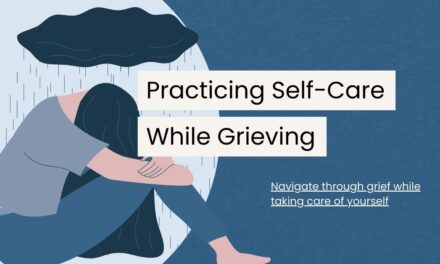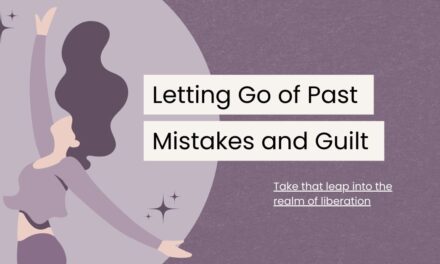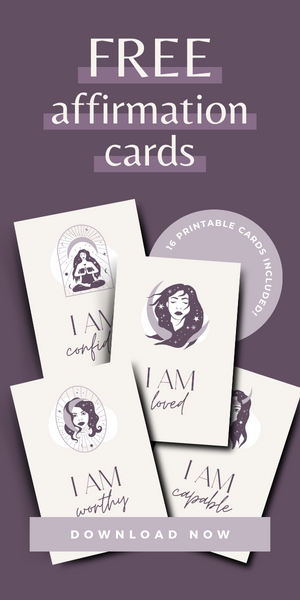Last Updated on August 18, 2023
Have you ever found yourself entangled in the web of anger and resentment, feeling like a prisoner to these negative emotions that just won’t let go?
It’s an exhausting struggle, isn’t it?
But here’s the truth: you don’t have to carry this weight forever.
In this guide, I’m here to walk you through the art of letting go of anger and resentment, step by step.
So, let’s dive in and free you from the grip of these toxic emotions.
But before we proceed…
Why Is It So Challenging to Let Go of Anger and Resentment?
We’ve all been there, caught in the loop of replaying situations that ignited our anger or resentment, fueling the fire within us.
But why do we hold onto these emotions? Why is it so hard to release their grip?
Let’s break it down in a way that resonates:
1. Fear of Losing Control
Holding onto anger and resentment can sometimes feel like a way to maintain a sense of control over a situation or person that has caused us pain.
It’s as if we believe that by staying angry, we’re somehow protecting ourselves from being hurt again.
But here’s the truth: harboring these emotions only perpetuates our pain and keeps us stuck in a cycle of negativity.
2. The Illusion of Justice
Resentment often masquerades as a form of justice – a way to ensure that the person who wronged us feels the weight of their actions.
Yet, paradoxically, this constant simmering anger ends up imprisoning us more than anyone else.
3. Cultural Conditioning
Society sometimes teaches us that anger is a sign of strength and standing up for ourselves.
However, constantly nursing anger and resentment doesn’t make us stronger; it holds us back from living our lives to the fullest.
The truth is, holding onto anger and resentment is a testament to our humanity.
It’s our way of acknowledging that we’ve been hurt.
But it’s time to shift our perspective – from holding onto these emotions to embarking on a journey of emotional freedom.
Now, let’s roll up our sleeves and delve into the steps to letting go of anger and resentment, allowing you to embrace a more peaceful and positive future.
The Path to Healing: Letting Go of Anger and Resentment
Step 1: Self-Reflection and Acceptance
This step is an opportunity for introspection, a moment to pause and turn your gaze inward. It’s about understanding your anger and resentment without judgment.
Think of it as peering into a mirror that reflects your emotional landscape.
Remember, your anger and resentment aren’t the entirety of your being; they are just emotions that pass through you.
Here are some tips to navigate this vital initial step:
- Create a Calm Space: Find a quiet corner where you can sit without distractions. Have a notebook handy, or simply close your eyes and reflect.
- Release Self-Judgment: As you explore your emotions, avoid criticizing yourself. This is about understanding, not self-condemnation.
- Ask the Right Questions: Instead of dwelling on “Why am I so angry?”, focus on “How can I release this anger?”.
- Embrace Emotional Wisdom: Recognize that your anger and resentment hold insights. They are messengers that can guide you towards healing.
Self-reflection is not about assigning blame; it’s a bridge to self-compassion.
It’s your way of acknowledging your emotional landscape while directing your focus towards emotional growth.
As you move forward, remember that this is a journey towards emotional liberation and inner peace.
Step 2: Releasing Resentment and Embracing Forgiveness
Now that you’ve explored your emotions, it’s time to unshackle yourself from the chains of resentment and bitterness.
This second step revolves around embracing forgiveness.
Forgiveness doesn’t mean condoning someone’s actions; it means choosing to release the hold those actions have on you.
Here’s how to navigate this transformative step:
- Face the Uncomfortable: Confront the emotions that have been festering within you. Acknowledge how they’ve been affecting your well-being.
- Cultivate Empathy: Try to understand the perspective of the person or situation that triggered your anger. This doesn’t justify their actions, but it humanizes them.
- Release the Grudge: Make a conscious decision to let go of your resentment. Recognize that by doing so, you’re liberating yourself from carrying unnecessary emotional baggage.
Forgiveness is like opening a tightly clenched fist; it’s an act of releasing and freeing yourself from the grip of negativity.
By choosing to forgive, you’re empowering yourself to move forward with a lighter heart and a clearer mind.
Step 3: Shifting Perspectives and Finding Resolution
When anger and resentment are dominant, they can distort your perception of reality, casting a shadow on everything around you.
In this step, we’ll focus on shifting your perspective and finding resolution.
Remember, you hold the power to reshape your outlook:
- Acknowledge Your Emotions: It’s okay to feel angry or resentful, but don’t let these emotions define your entire reality.
- Reframe the Narrative: Consider reframing the situation that triggered your anger. What lessons can you extract from it? How can you grow from this experience?
- Seek Resolution: If the source of your anger is a person, consider discussing your feelings with them, if appropriate. Communication can pave the way for understanding and closure.
Shifting perspectives is like adjusting a lens – it allows you to see a broader and clearer view of the situation.
As you choose to reinterpret your emotions, you’re paving the way for personal growth and emotional liberation.
Step 4: Cultivating Gratitude and Positive Energy
Anger and resentment can consume a significant amount of your mental and emotional energy.
In this step, we’ll focus on cultivating gratitude and positive energy to counterbalance those negative emotions:
- Practice Daily Gratitude: Dedicate a few moments each day to acknowledge the things you’re grateful for. Gratitude has the power to shift your focus from what’s wrong to what’s right.
- Choose Positive Input: Surround yourself with uplifting content – books, podcasts, music, or conversations that inspire positivity.
- Engage in Activities You Love: Dedicate time to activities that bring you joy and fulfillment. Engaging in activities such as these can help replenish your emotional reserves.
Cultivating gratitude and positive energy is like watering a garden; it nurtures the growth of positivity while diminishing the weeds of negativity.
As you focus on the brighter aspects of life, you’ll find that anger and resentment gradually lose their grip on your emotional landscape.
Step 5: Mindfulness and Present-Centered Living
We’ve journeyed through self-reflection, forgiveness, perspective shifting, and cultivating positivity. Now, it’s time to anchor yourself firmly in the present moment:
Have you ever caught yourself lost in thoughts of past grievances or future worries?
Mindfulness is your anchor, guiding you back to the present.
Let’s explore how to integrate mindfulness into your daily life:
- Breathe in the Present: Whenever anger or resentment surfaces, take a few deep breaths. Inhale calmness, exhale tension.
- Engage Your Senses: Ground yourself by engaging your senses – touch, taste, smell, sight, and sound. This sensory immersion brings you back to the here and now.
- Daily Mindful Moments: Dedicate short moments each day to be fully present. Whether it’s during a meal, a walk, or simply observing your surroundings, these moments build your mindfulness muscle.
Mindfulness is not about suppressing your thoughts and emotions; it’s about choosing to experience them fully in the present moment.
It’s the art of being an active participant in your own life rather than being carried away by the currents of the past or the future.
How to Embrace an Emotionally Liberated Future
Congratulations, resilient soul!
You’ve walked through the steps, confronted your emotions, and initiated a journey toward emotional liberation.
But what lies ahead?
It’s time to shift your focus from the grip of anger and resentment to the possibilities of an emotionally liberated future. Here are a few ways to do it:
Journaling: Write a Letter of Release
Imagine your future self, free from the chains of anger and resentment.
Take out your journal and write a letter to that future self.
Share your journey, your triumphs, your moments of letting go.
Celebrate your progress and your newfound emotional freedom.
Positive Affirmations: Speak Your Transformation
Words hold immense power.
Craft affirmations that resonate with your journey:
“I am releasing anger and embracing peace.” “I am in control of my emotions.” “Each day is a chance for emotional growth.” “I am choosing love over resentment.”
Recite these affirmations daily, reinforcing your commitment to letting go and welcoming emotional liberation.
Community Connection: Share Your Journey
You don’t have to navigate this path alone.
Share your intention to let go of anger and resentment with a friend or family member.
Having someone to confide in can provide valuable support and encouragement as you continue on your journey.
Final Thoughts on Letting Go of Anger and Resentment
You, my friend, are on a path of emotional release and renewal.
Remember, it’s not about erasing your emotions; it’s about reclaiming your emotional freedom.
Armed with these steps, a sprinkle of self-compassion, and a touch of resilience, you’re letting go of anger and resentment.
Embrace this transformation and step into a realm of emotional liberation.
Your future self will be grateful for the courage you’ve shown in choosing the path of positivity and peace.

